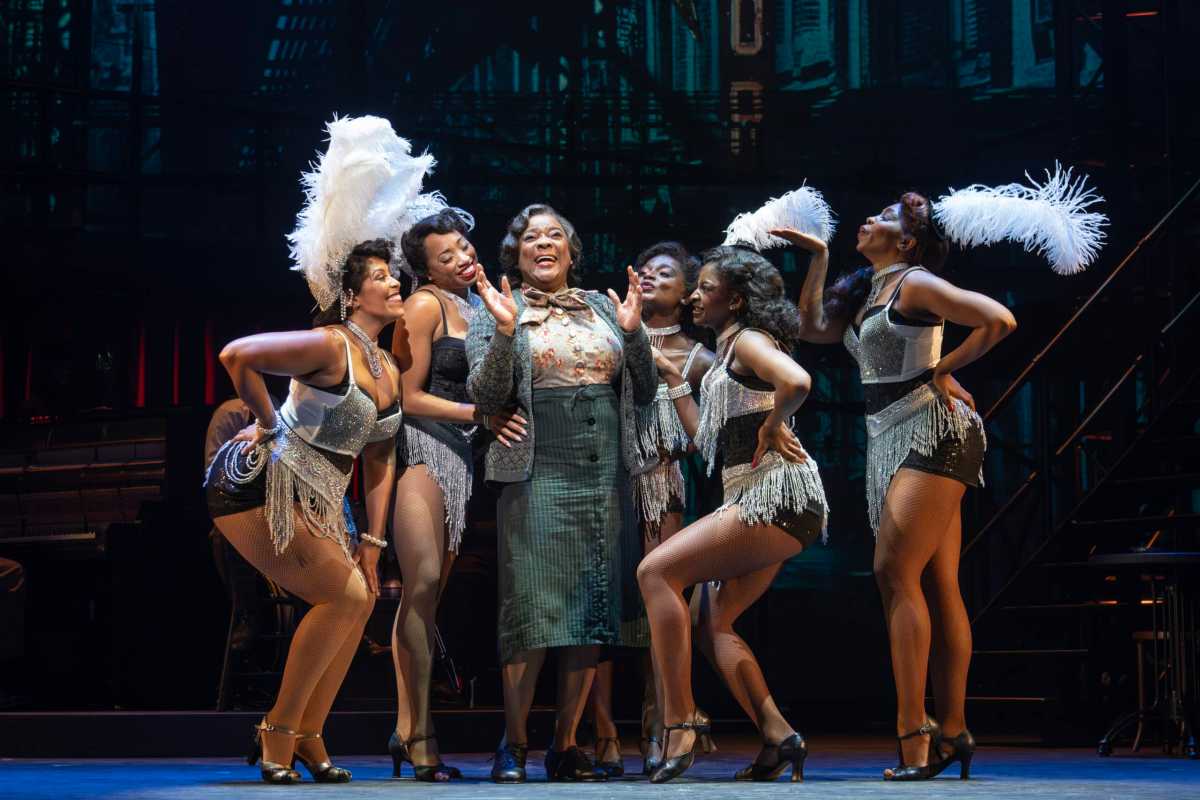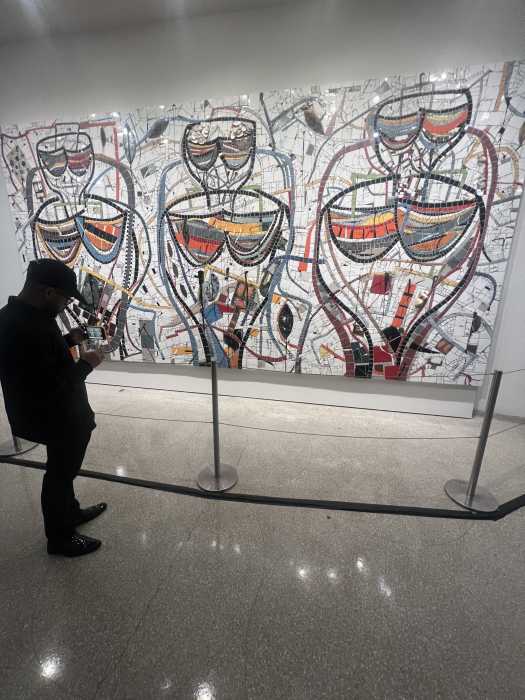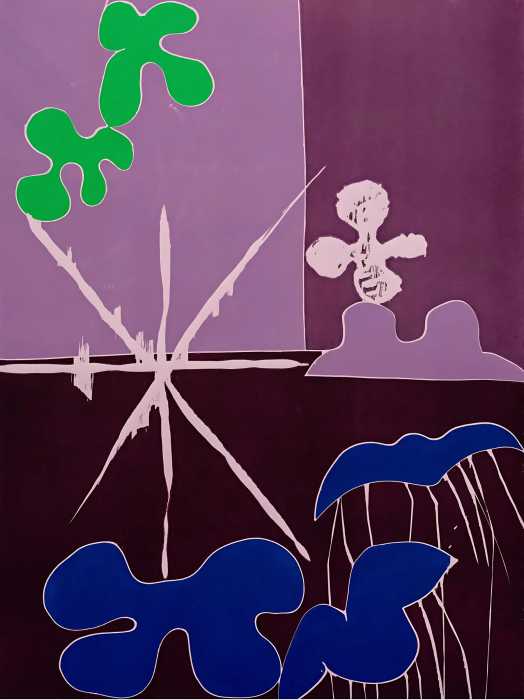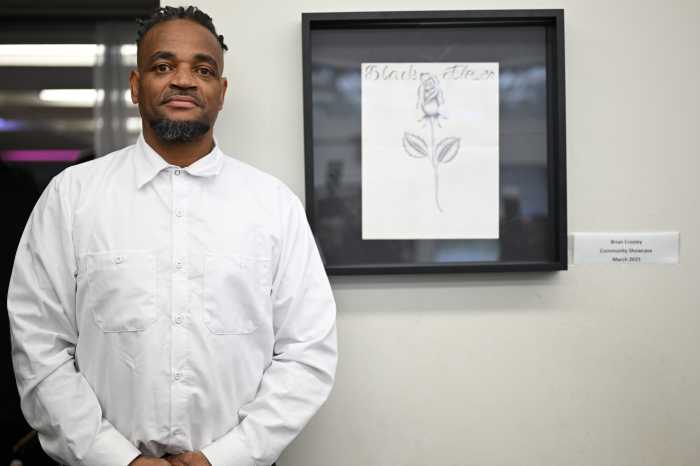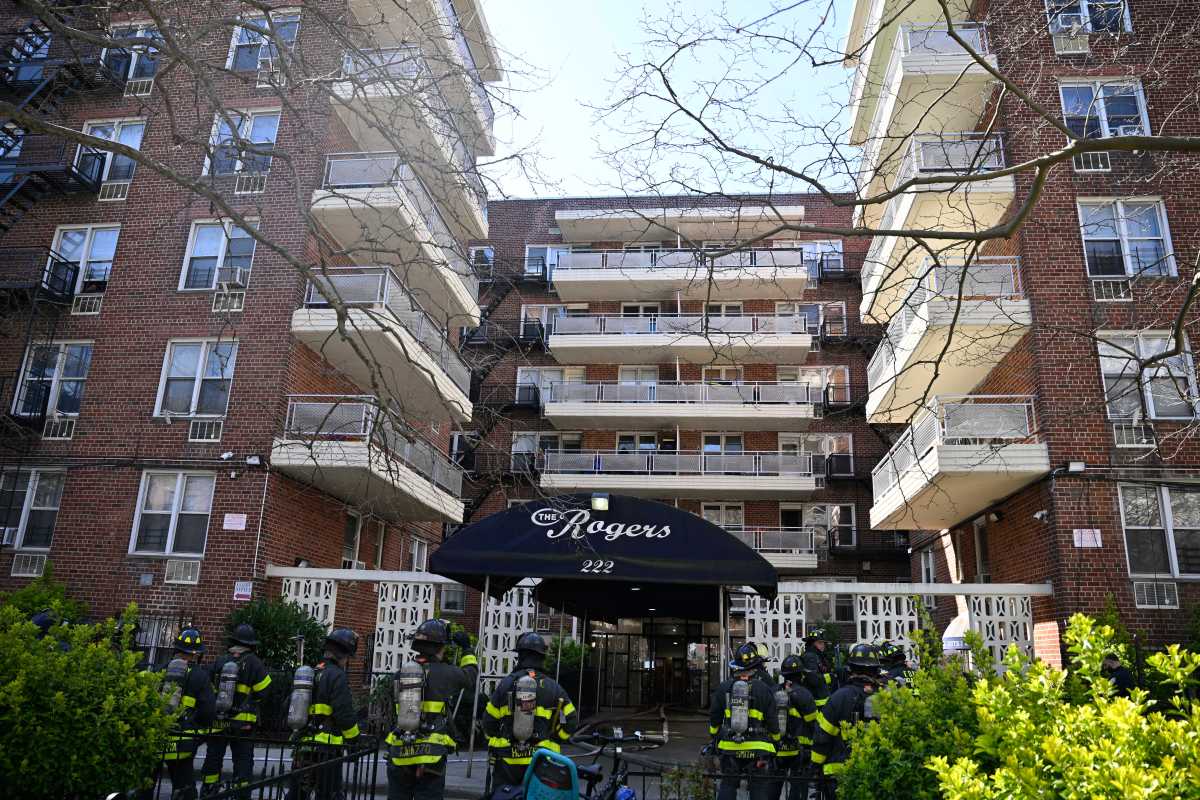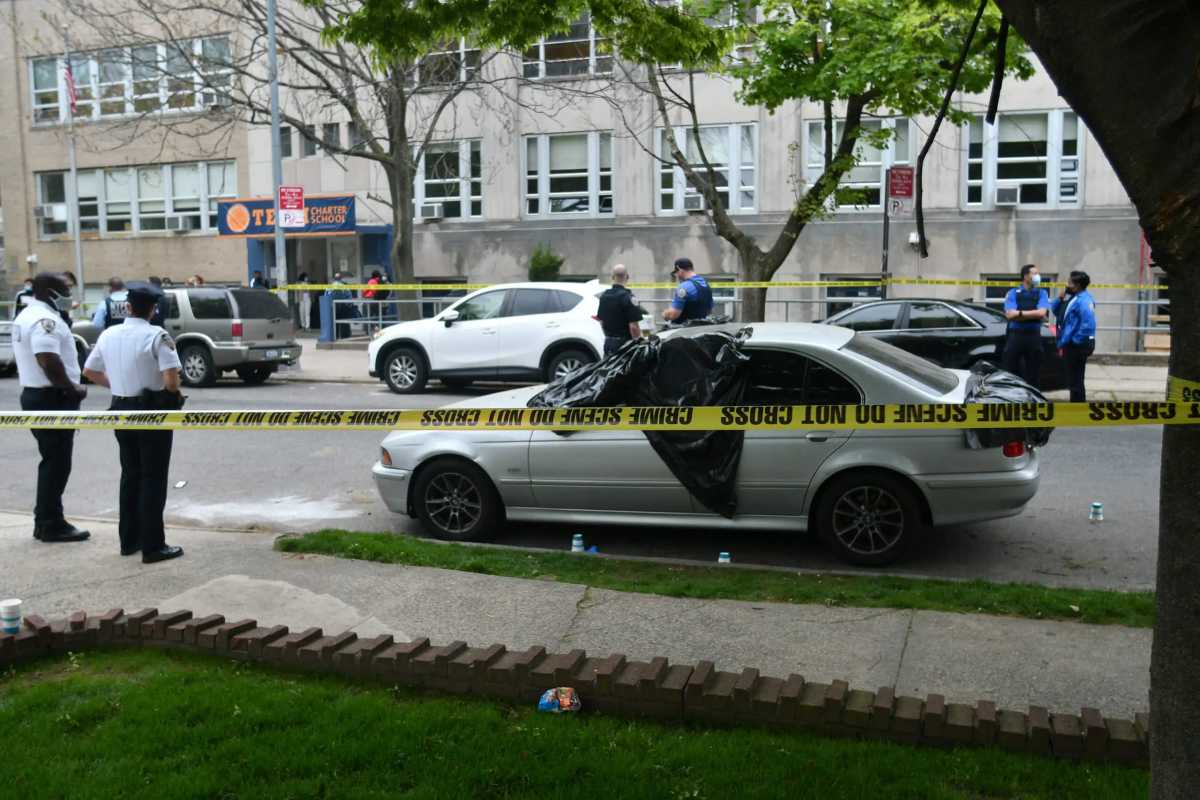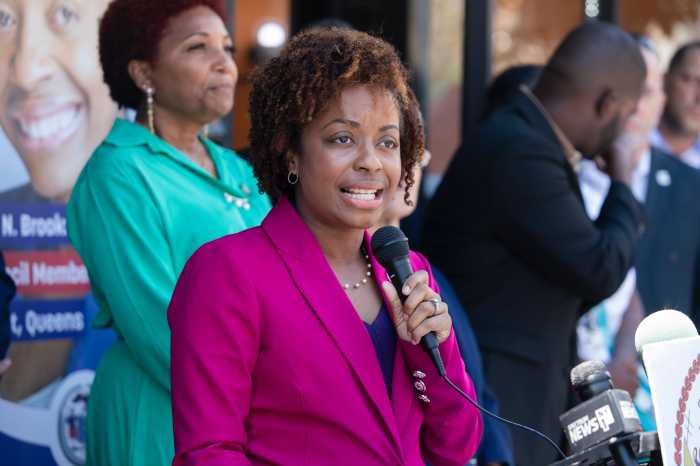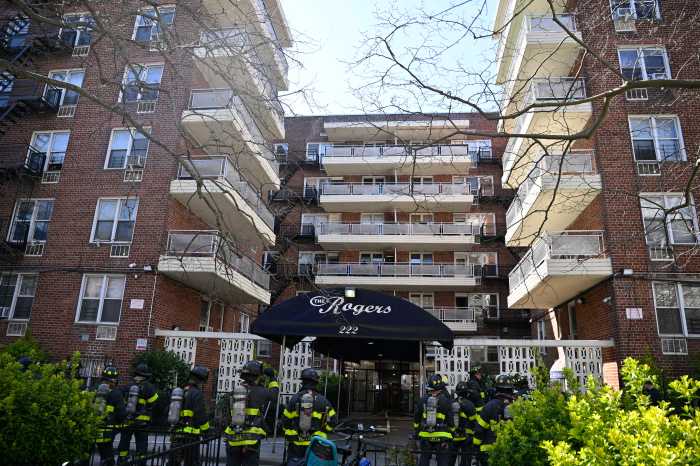The thoroughly reconceived, jumbled, and botched new version of the 1940 Richard Rodgers-Lorenz Hart musical “Pal Joey,” which premiered at City Center last week, raises the issue of what happens when a revival of a musical undergoes so many changes that it becomes new musical altogether — and should perhaps go by a different title in order to prevent customer confusion.
In order words, is it still “Pal Joey”? Or, as some online commentators have joked, “Not Pal Joey”? For its part, City Center billed it as an “adaptation”- in other words, something in between a revival and a new show.
During the first years of the Encores! series (in which rarely-seen musicals receive concert-style productions with a full cast and orchestra), City Center staged the three best-known musical comedies by Rodgers & Hart: “Pal Joey,” “The Boys from Syracuse,” and “Babes in Arms.” Regretfully, I was too young to have seen these supposedly superb productions, but all three received cast albums that sound glorious. (If you love classic Broadway musicals and have not listened to these recordings before, please do so immediately.)
In recent years, there have been multiple efforts to rework “Pal Joey,” which broke new ground in musical theater history for its gritty urban setting, cynical tone, and antihero protagonist, who is an shameless, talentless hustler who becomes the gigolo of a married older woman as he schemes to become the proprietor of a glitzy nightclub.
Its unique score mixes intentionally tawdry and tacky nightclub numbers with dynamic standards including “Bewitched, Bothered and Bewildered” and “Zip.” Its original book by John O’Hara (who wrote the epistolary novella upon which the musical is based) is somewhat clunky by today’s standards of integration, but it is not necessarily unworkable.
A 2008 Broadway revival by the Roundabout Theatre Company (with a new book by Richard Greenberg) was a fast failure, and a planned revival with a new book by the late Terrence McNally never got off the ground.
The City Center production, directed by tap dancer-choreographer Savion Glover and actor Tony Goldwyn, reimagined Joey as a sympathetic and struggling Black performer. Whereas the original Joey learned no lesson at the end of the musical and returned to his sleazy old ways, this Joey (played by Ephraim Sykes) emerges with a newfound sense of artistic integrity and purpose embracing Black identity and culture.
Other characters are reconceived, including Joey’s benefactress Vera (Elizabeth Stanley) and forlorn love interest Linda (Aisha Jackson), and even the newspaper columnist writing a profile on Joey who sings “Zip” (Brooks Ashmanskas). They are joined by various new characters including Loretta Devine as an older nightclub owner. Glover himself shows up at various points as part of a dance ensemble that is meant to represent Joey’s ancestry.
The musical’s score underwent such an overhaul that in the end, the majority of the songs were ones not originally written for “Pal Joey,” including “My Funny Valentine,” “The Lady is a Tramp,” “Falling in Love with Love,” and even “Blue Moon” – even outdoing the rewriting in the long-lamented 1957 film version of the musical with Frank Sinatra.
In spite of some fine performances and smart new music arrangements intended to evoke the sound of a smoky jazz band, the end result is a mishmash of earnest coming-of-age drama, fierce dancing, cabaret-style performance, and stranded remnants of the original “Pal Joey.”
Glover would have done better with a new musical or revue that combined his singular choreography with Rodgers & Hart songs, and City Center would have done better presenting the original “Pal Joey” again.
Read more: Mean Girls’ Pop-Up Experience Coming to NYC in January



